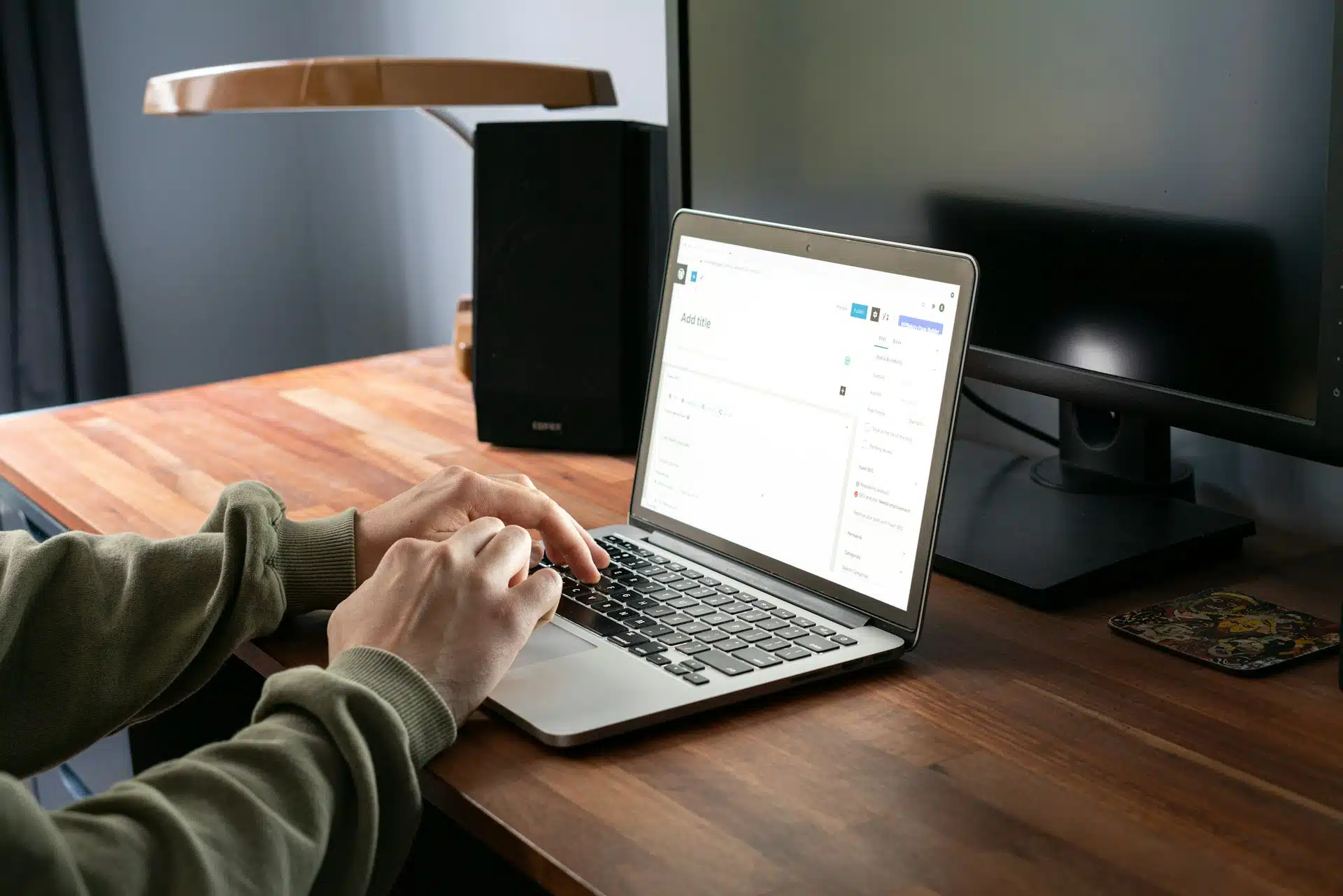

The principles of good web design improve conversion rates by having a positive impact on the user experience. This can be achieved by ensuring that the website is easy to use and navigate, has a visually appealing design, and provides relevant and targeted content.
Here are five web design elements you should always focus on:
1. The Use of Whitespace
Whitespace is one of the most critical elements of web design, yet it is often overlooked. Using whitespace can make or break a layout, and it is important to use it wisely.
Too much whitespace can easily make a design look somewhat unfinished or unprofessional, while too little of it can make it look cluttered and busy. The key is to find a balance that works for your particular design.
In general, it is best to err on the side of too much whitespace rather than too little. This will give your design a clean, polished look that is easy on the eyes.
2. The Use of Color
Choosing the right colors for your web design can be a daunting task, but there are a few things you can keep in mind to help you make the right choices.
First, you must consider the overall tone and feel you want your site to have. Do you want it to be fun and energetic or more subdued and calming?
Second, you need to consider the purpose of each page on your site. What colors will help to convey the information on that page?
Finally, you need to ensure that the colors you choose are easy to read and don’t cause eye strain.
When it comes to text, black text on a white background is always a good choice. You can also use other high-contrast color combinations, like dark blue on a light background.
3. The Use of Typography
Typography is an essential element of web design for a few reasons. First, it can help to create a visual hierarchy on your page. Second, typography can be used to add personality to your website, and finally, typography can also help improve the readability of your website.
When choosing a font for your website, it’s vital to pick a font family that includes a variety of styles. This way, you’ll have a font that can be used for different purposes. For example, you might want to use a sans-serif font for headings and a serif font for body text.
Your font size should be large enough to be easy to read. But it shouldn’t be so large that it’s overpowering. A good rule of thumb to apply here is to use a font size that is between 12 and 14 pixels.
4. The Use of Imagery
Make sure the imagery you use is relevant to your website’s overall theme and tone. The last thing that you want is for your images to feel out of place or mismatched with the rest of your design.
It’s important to use high-quality images in your web design. Low-quality images can make your entire website look unprofessional and turn users away. Stick to clear, sharp images, and avoid using grainy or blurry photos.
5. The Use of Negative Space
Negative space is the area of a design that is left blank. It is the space between elements and can be used to create balance, contrast, and visual interest in a design.
Negative space can make a design more visually appealing and easier to understand when used effectively. It can also help to draw attention to specific elements in a design.
Too much positive space (i.e., the space occupied by elements in a design) can make a design feel cluttered and overwhelming. Adding negative space can help create a sense of balance and make the design more visually appealing.
Conclusion
Many factors can affect a website’s conversion rate. However, some website design elements are more critical than others. By focusing on the elements shared above, you can improve your website’s conversion rates.
Hello Digital Marketing is a team of Winnipeg web designers that can help your business by creating a website that reflects your brand and delivers results. Learn more about our services!
Recent Articles
Write For Us
Think you’ve got a fresh perspective that will challenge our readers to become better marketers? We’re always looking for authors who can deliver quality articles and blog posts. Hundreds of your peers will read your work, and you will level up in the process.Ready to grow? Say Hello






